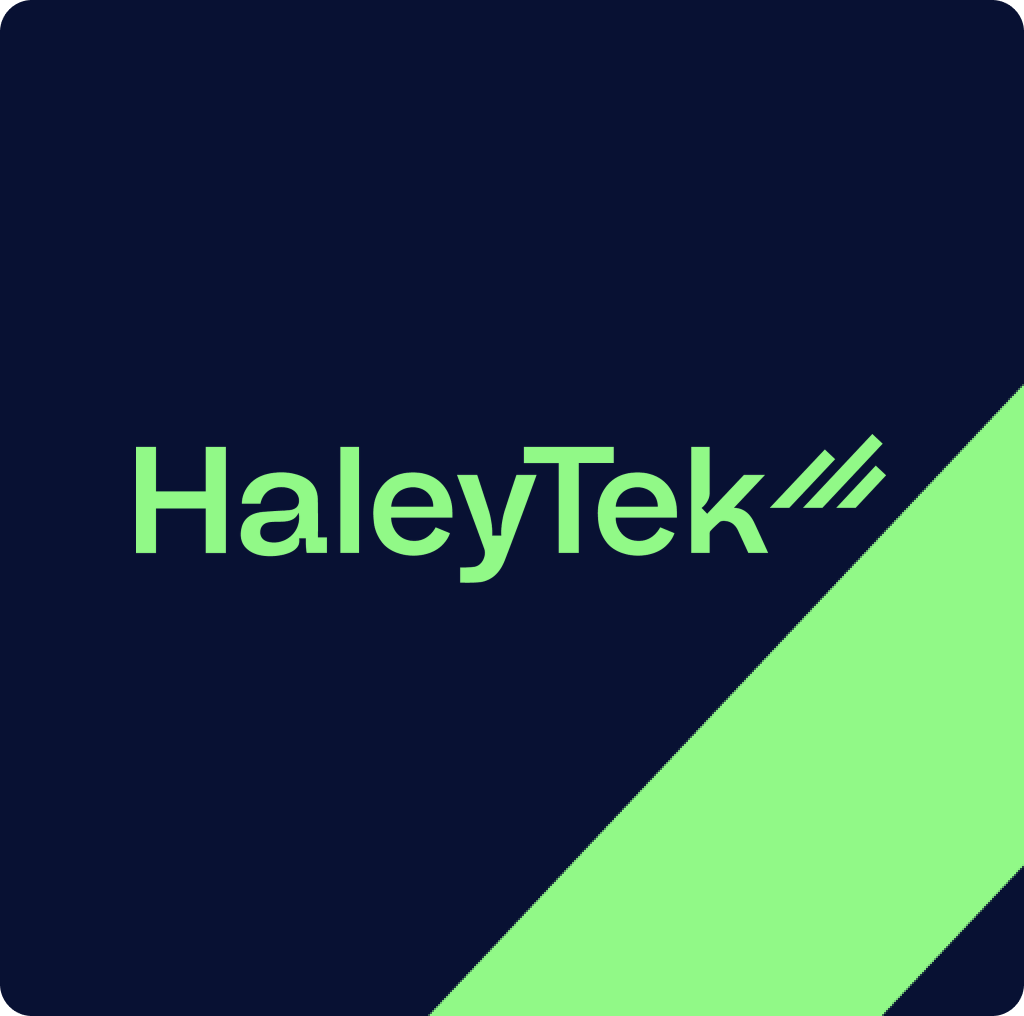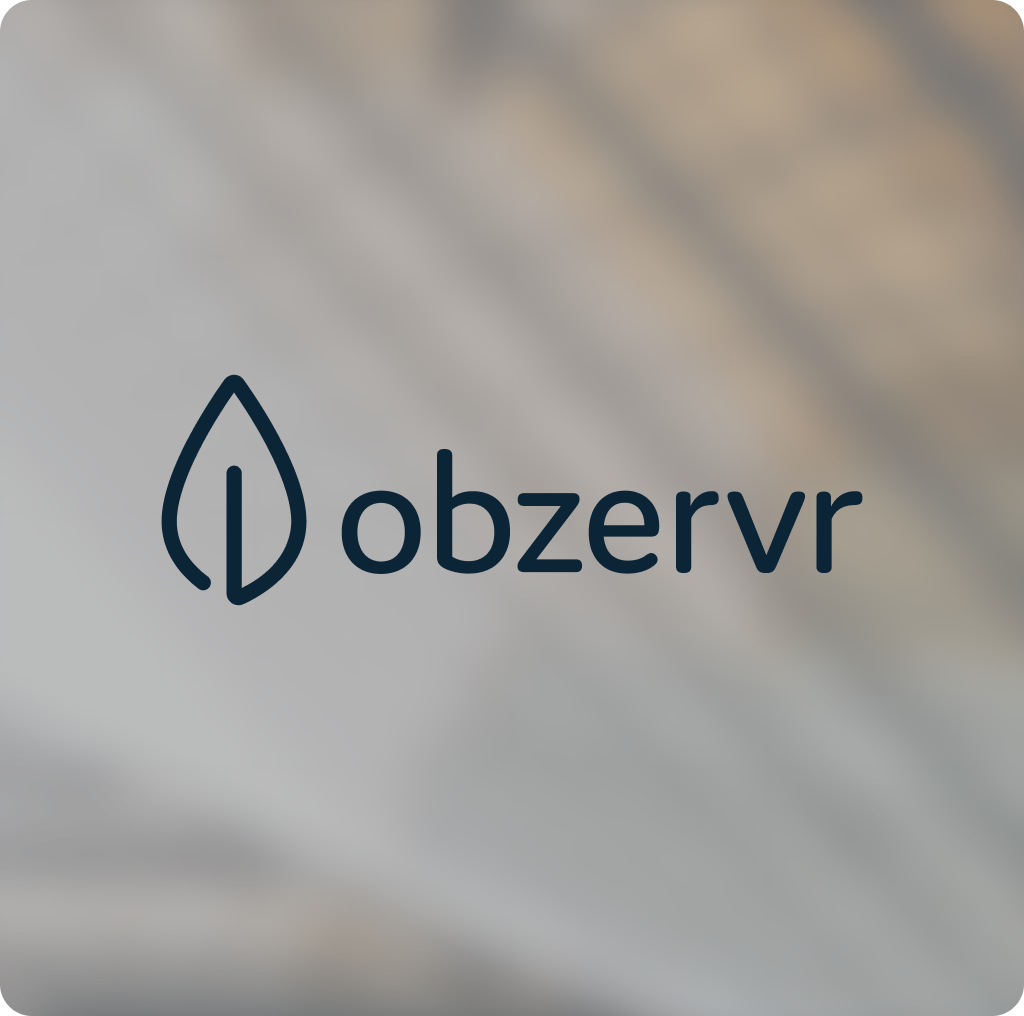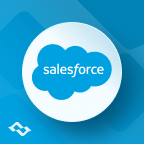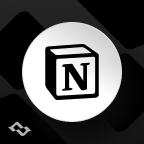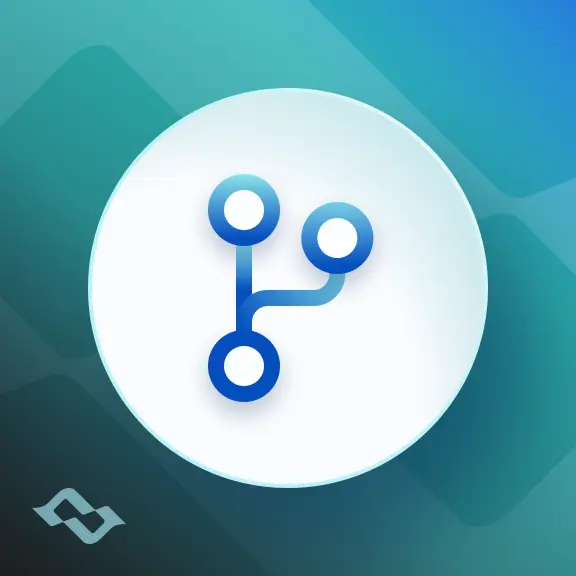Gartner's 2025 Magic Quadrant for Integration Platform as a Service (iPaaS) reflects an evolving digital integration landscape shaped by cloud adoption, hybrid IT, AI-enhanced automation, and increased expectations around usability and scalability. This summary breaks down key insights from the larger research document, explains the inclusion and exclusion criteria Gartner applied, and shares how Getint is strategically aligning itself to rise within this quadrant.
Understanding the Magic Quadrant for Integration Platform as a Service
The Magic Quadrant for Integration Platform as a Service evaluates global vendors on two axes: ability to execute and completeness of vision. This quadrant for integration leaders helps technology users to select platforms that support business processes, streamline integrations, and enable long-term digital transformation.
The 2025 Gartner Magic Quadrant categorizes vendors into four groups:
- Leaders: Execute well and have a clear vision (e.g., Workato, MuleSoft)
- Challengers: Strong performance but limited vision
- Visionaries: Innovative but may lack execution
- Niche Players: Specialize in a subset of the market
Gartner research publications consist of assessments based on detailed customer interviews, market analysis, product capabilities, and alignment with enterprise needs. It is important to note that Gartner does not endorse any vendor, product or service depicted in its research publications.
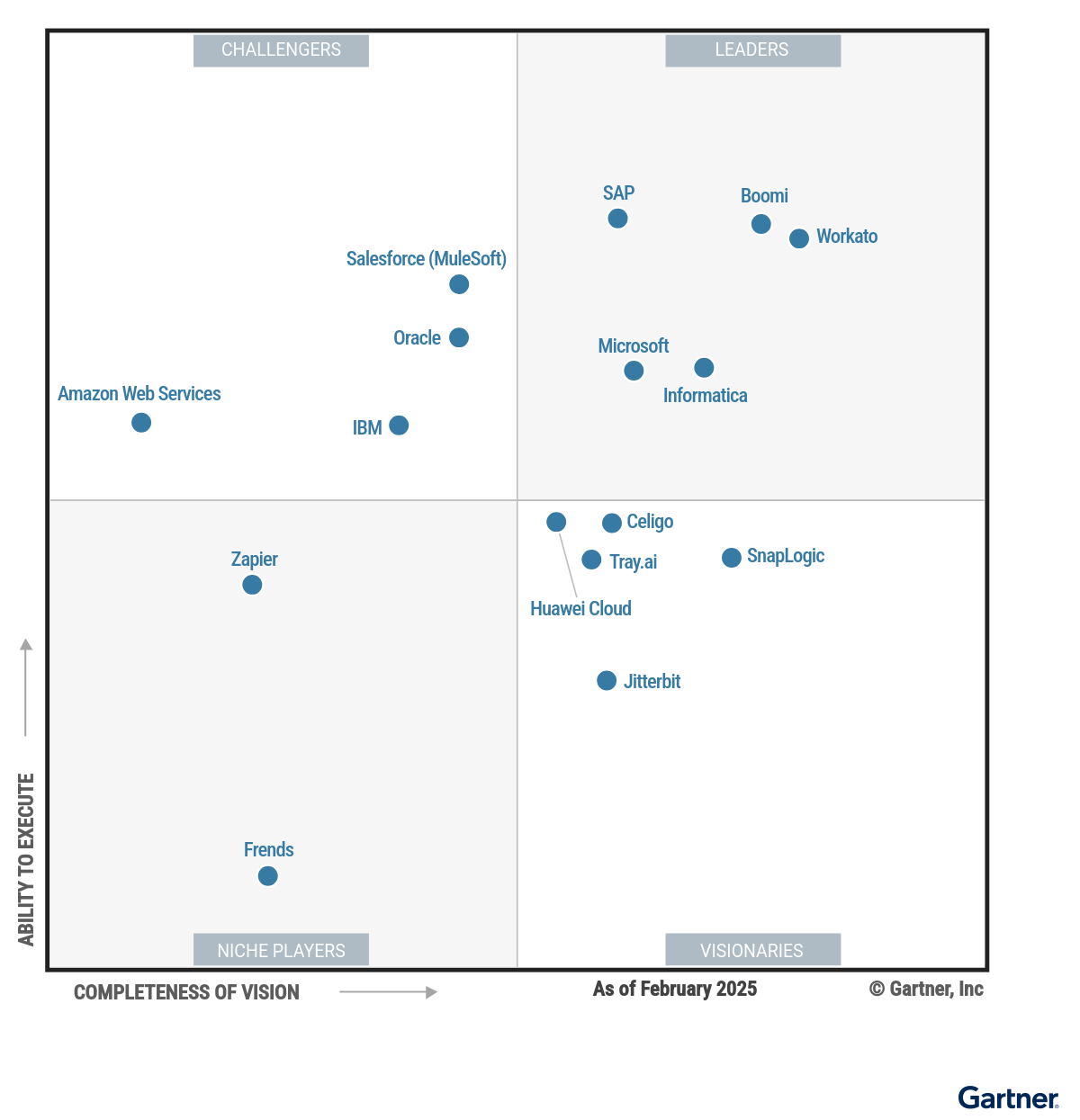
Inclusion and Exclusion Criteria
Only those vendors that meet Gartner's specific benchmarks are included. According to Gartner's research organization, criteria for inclusion include:
- A proven integration platform as a service offering, not just point-to-point tools
- Active customer base across multiple geographies and industries
- Product maturity, including no-code/low-code features, AI capabilities, and hybrid/on-premises support
- At least 50% of iPaaS revenue from third-party application integration
Vendors are excluded if:
- Their solution is limited to a single ecosystem (e.g., only Salesforce)
- They rely solely on professional services
- They lack AI, security compliance, or operational scalability
These guardrails help advise technology users by highlighting credible, scalable platforms.
Key Insights from the 2025 Gartner Magic Quadrant
1. AI is Now Mandatory
Large language models are redefining expectations. Leaders offer AI-powered onboarding, field mapping, and self-healing workflows. AI as connective tissue across integrations is no longer a bonus but a requirement.
2. Hybrid and On-Premises Deployment Matter
Organizations demand flexibility. Platforms that support hybrid deployments and strict compliance (e.g., data residency, encryption) earned the highest ratings in the quadrant for integration platforms.
3. Composability and Vertical Focus are Emerging Strengths
Integration specialists who build vertical-specific templates (healthcare, finance, public sector) are being named a leader more frequently. This shows Gartner's emphasis on usability across both business users and IT teams.
4. Pricing Transparency Wins
Opaque, usage-based pricing models are a pain point. Platforms with clear, per-connection pricing scored higher on customer satisfaction and long-term fit.
As stated in Gartner research publications, "Gartner disclaims all warranties expressed or implied, including warranties of merchantability or fitness for a particular purpose." Readers are encouraged to evaluate vendor offerings based on their individual use case.
Getint's Strategy to Climb the Magic Quadrant
Getint is actively executing a multi-phase plan to position itself as a future contender in the Magic Quadrant for Integration Platform as a Service. While not all features are fully implemented yet, the roadmap reflects serious investment and long-term intent:
1. AI-First Integration Platform
Getint is developing AI-powered tools for field mapping, onboarding assistance, and automated error resolution.
2. Support for Hybrid, Cloud, and On-Prem Environments
Getint already supports flexible deployment options, including on-prem and air-gapped environments, with enhanced security features in development.
3. Composable Platform with SDK and Visual UI
The platform is evolving to support no-code builders alongside developer SDKs and APIs, with plans for a full orchestration UI.
4. Clear, Predictable Pricing
Getint’s fixed per-connection pricing is already in place, addressing one of the most common enterprise concerns.
5. Migration Playbooks and Partner Ecosystem
Initiatives to streamline migrations from competitors like Exalate, ConnectAll, TFS4JIRA, Backbone, Unito and Zapier are here, alongside an expanding partner and MSP program.
While Getint is not currently listed in the Magic Quadrant, its product development roadmap, early customer traction, and ecosystem focus indicate a strong intent to meet the inclusion criteria in the coming cycles.
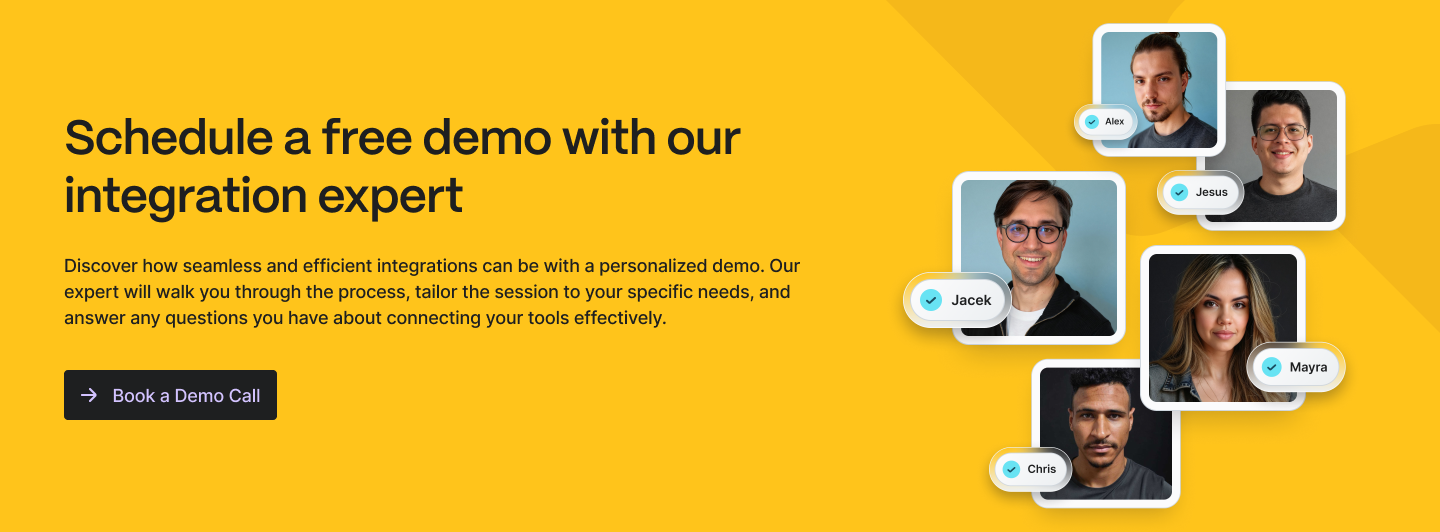
Final Notes on Gartner Research Publications
Gartner's research publications, including the Magic Quadrant for Integration, are based on objective methodology and market feedback. The entire document is intended to help technology users to select tools suited for digital transformation. According to the disclaimer, Gartner disclaims all warranties expressed or implied, including any warranty of merchantability or fitness for a particular purpose.
--
Disclaimer: "Gartner" and "Magic Quadrant" are registered trademark and service marks of Gartner, Inc. and/or its affiliates in the U.S. and internationally and are used herein with permission. The Gartner document cited herein is part of a larger research document and should be evaluated in full context. Gartner does not endorse any vendor product or service depicted.
This content is based on Gartner’s publicly available research and does not include any proprietary material beyond what is already public.




